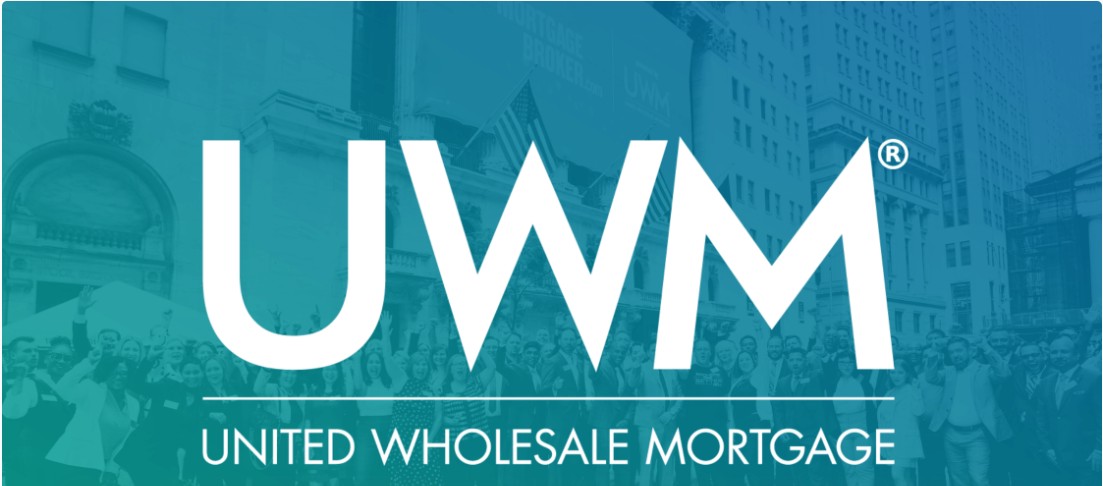15-Year vs. 30-Year Mortgage: Making the Right Choice in Arizona
When you decide to buy a home in Arizona, one of the first and most significant financial decisions you'll face is choosing the length of your mortgage term. The two most common options, a 15-year and a 30-year fixed-rate mortgage, offer distinctly different paths to homeownership. This decision isn't about finding a "right" or "wrong" answer; it's a strategic choice that balances your immediate monthly cash flow against your long-term wealth creation goals. As your local mortgage expert in Scottsdale and Phoenix, Chuck is here to help you navigate this critical decision, ensuring it aligns perfectly with your financial life, both today and in the future.
The Core Differences Explained
At their heart, the differences between a 15-year and a 30-year mortgage can be broken down into three fundamental components that directly impact your finances:
- Number of Payments and Equity Growth: A 30-year mortgage consists of 360 monthly payments, while a 15-year mortgage has only 180. By making fewer payments, you pay off your loan principal much more quickly with a 15-year term. This rapid principal reduction means you build home equity—the portion of your home you truly own—at a much faster rate.
- Monthly Payment Size: Because you are repaying the loan in half the time, the monthly principal and interest payment for a 15-year mortgage will be significantly higher than for a 30-year mortgage on the same loan amount. This is the primary trade-off: affordability now versus savings later.
- Total Interest Paid: This is where the long-term benefits of a 15-year mortgage become incredibly clear. You pay less total interest for two reasons: you are paying interest for a much shorter period, and lenders typically offer a lower interest rate on 15-year loans because they are considered less risky. Over the life of the loan, this can result in savings of tens or even hundreds of thousands of dollars.
Cost Comparison: An Arizona Example
To make these concepts tangible, let's look at a realistic scenario for a home in the Scottsdale market. Abstract national averages can be misleading; seeing the numbers applied to a local property price provides a much clearer picture of the potential impact on your finances.
| Metric | 15-Year Fixed Mortgage | 30-Year Fixed Mortgage | The Difference |
|---|---|---|---|
| Home Price (Scottsdale) | $750,000 | $750,000 | |
| Down Payment (20%) | $150,000 | $150,000 | |
| Loan Amount | $600,000 | $600,000 | |
| Interest Rate (Example) | 6.25% | 7.00% | |
| Monthly P&I Payment | $4,903 | $3,992 | $911 more per month |
| Total Interest Paid | $282,540 | $837,099 | $554,559 in savings |
Deep Dive: The 15-Year Mortgage
Choosing a 15-year mortgage is an aggressive strategy for building wealth and achieving financial freedom sooner.
Pros:
- Massive Interest Savings: As shown above, the potential to save hundreds of thousands of dollars is the most compelling advantage.
- Faster Path to Debt-Free Homeownership: You will own your home free and clear in half the time, freeing up significant cash flow later in life.
- Rapid Equity Building: Quickly building equity provides a valuable asset that can be leveraged for other investments or financial needs sooner.
- Lower Interest Rate: Lenders reward the shorter term with a more favorable interest rate.
Cons:
- Higher Monthly Payment: The significantly larger payment can strain a monthly budget and may not be feasible for all homebuyers.
- Reduced Purchasing Power: Because the payment is higher, lenders will likely qualify you for a smaller total loan amount, which could limit your home search.
- Less Flexibility: You are committed to the higher payment. If financial hardship occurs, there is less wiggle room compared to the lower payment of a 30-year loan.
Deep Dive: The 30-Year Mortgage
The 30-year mortgage is the most popular choice in America for a reason: it offers affordability and flexibility.
Pros:
- Lower Monthly Payment: This is the primary benefit. The lower payment makes homeownership accessible to more people and provides more breathing room in the monthly budget.
- Increased Purchasing Power: The lower payment means you can often qualify for a larger loan, expanding your options when searching for a home.
- Budgetary Flexibility: The lower required payment allows more funds for other financial priorities, such as retirement savings, emergency funds, or investments. You always have the option to pay extra toward your principal to pay the loan off faster, mimicking a 15-year schedule without the contractual obligation.
Cons:
- Higher Total Interest Cost: The trade-off for the lower payment is a substantially higher amount of interest paid over the life of the loan.
- Slower Equity Growth: With more of each initial payment going toward interest, your home equity builds at a much slower pace. This can also mean paying Private Mortgage Insurance (PMI) for a longer period if you put down less than 20%.
- Higher Interest Rate: Lenders typically charge a higher interest rate for the longer-term risk associated with a 30-year loan.
The Roadrunner Advantage: Beyond the Numbers
The right choice for you goes beyond a simple calculation. It involves a thoughtful look at your career stability, your investment style, and your future financial goals. Are you in a stable, high-growth career where you can comfortably afford the higher payment? Or does the flexibility of a 30-year loan allow you to maximize contributions to retirement accounts that could potentially outperform your mortgage interest rate?
This is where personalized guidance makes all the difference. As your dedicated loan officer, Chuck will help you think through these life factors, ensuring your mortgage strategy is a perfect fit for your overall financial plan.
Ready to see how these numbers look for your specific situation? Use our Mortgage Calculator for a quick estimate, or apply for a pre-approval to get a personalized analysis from Chuck.

